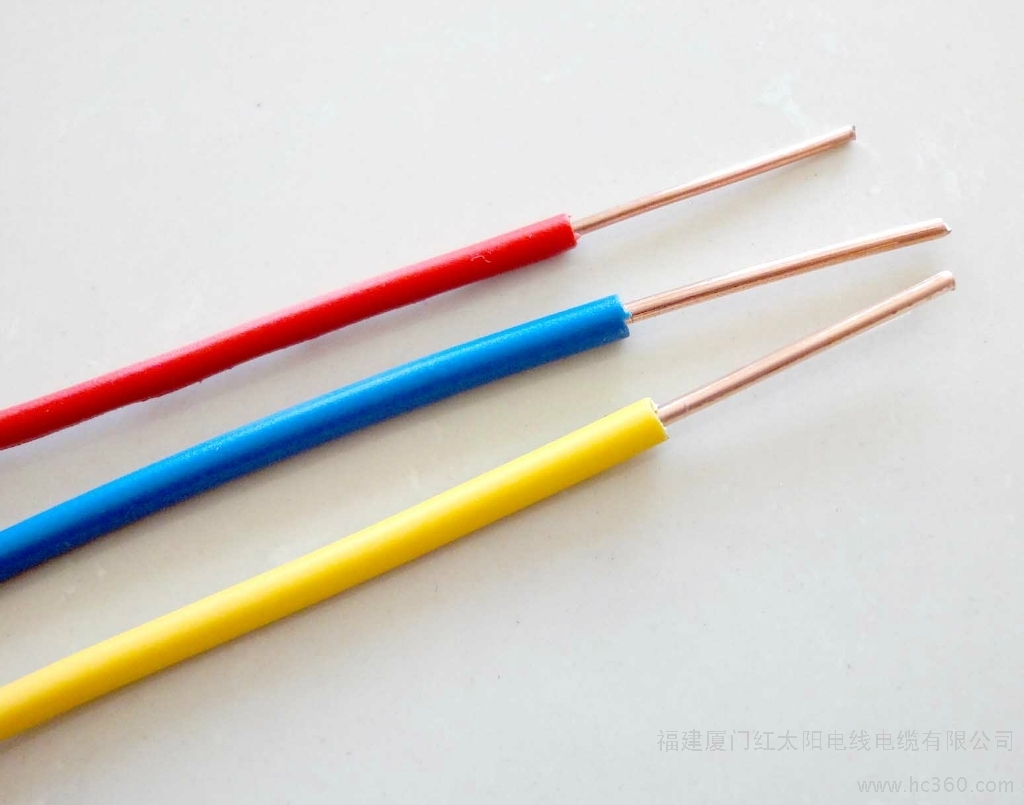
On August 22, 2020, new energy wires and cables will be the development goal of wires and cables. New energy cables can be generally divided into ∶ PV cable , wind power cable, offshore oil platform cable, nuclear power station cable, electric locomotive cable, inland conventional and unconventional natural gas cable, etc. Next, we will introduce the wind power generation cable.
As a clean and renewable energy, wind power cable is also the most large-scale, technologically mature and commercially promising power generation mode among many new energy sources. According to public data, the available wind energy resources in China's mainland and near coast have reached nearly 1 billion kW
The Medium and Long Term Development Plan of Energy pointed out that, The total installed capacity of wind power in China will reach 30 million kW in 2020, and 2013-2020 is still a golden period with great prospects.
Wind power generation cables include control cables, signal cables and torsion resistant cables in the wind turbine room and tower power cable Etc, due to The wind farm environment is harsh, and the power cable is twisted with the impeller swing, so the requirements for wind power cables are generally high, such as low temperature resistance, oil resistance, torsion resistance, weather resistance, UV resistance, acid and alkali resistance. At present, there is no national standard for wind power cables in China, There are only industrial standards such as TICWO1-2009 Twist resistant Flexible Wires for Wind Power Generation with Rated Voltages of 1.8/3kV and Below issued by the National Wire and Cable Quality Supervision and Testing Center.
Tower cable is the most widely used junction in wind power generation system, and the wind power cable we often refer to is this kind of cable. Since the cable of the tower drum swings forward and backward with the fan, the requirements for the electrical connection performance of the tower drum are extremely strict, which not only ensure the structural flexibility, but also require high tensile strength and low temperature resistance (- 40 ° C), UV resistance, torsion resistance, salt fog resistance (required by offshore wind power plants), seawater corrosion resistance, friction resistance, weather aging resistance, flame retardant and other properties.


